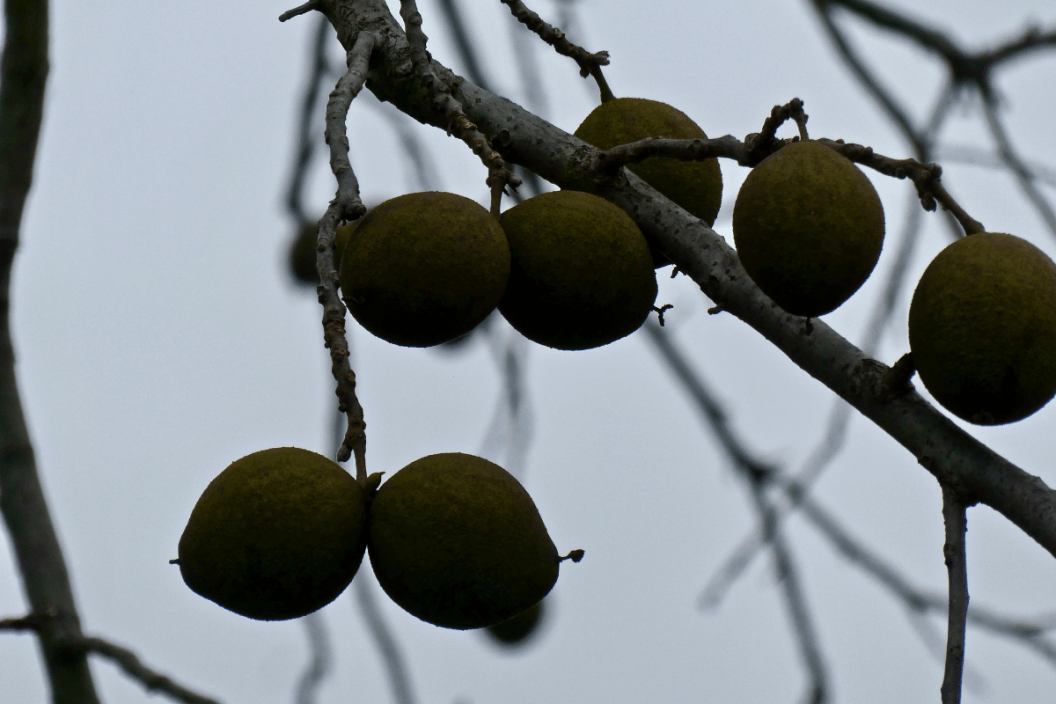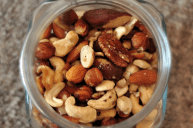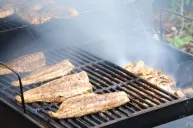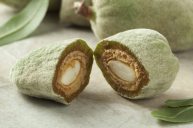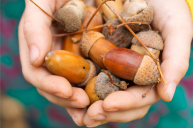Have you ever had an American black walnut, also known as Juglans nigra? Black walnut trees grow abundantly in the central and eastern parts of North America, and they're even the official tree nut of Missouri. Hulled to make it easier to get to that butternut flavor, these gluten-free nuts are worth the risk of staining your clothes with their natural dye. But how do you find them, and what can they be used for?
What Are Black Walnuts?
Black walnuts come from black walnut trees. The wild American Black Walnut is native to 32 different states, including many in the midwest, according to Hammons Black Walnuts website. The company operates a large processing site for the nuts in Stockton, Missouri.
If you're looking to forage for them, the trees are deciduous trees, and the bark is usually a grey-black color, according to Wikipedia. The wood itself is dark brown. The leaves, stems, and fruit husks have a strong, spicy odor, and their buds are covered in what almost looks like soft hair. The nuts ripen in the summer and fall, and they have a hard shell. These aren't to be confused with hickory tree varieties, which produce pecans and other shelled nuts.
Hammons says the nuts are hand-harvested, and that black walnuts are the only all-wild tree nut in the US. They're similar to English walnuts or the Persian walnut, but more frost-resistant. These walnuts also have a bolder flavor and distinct health benefits, with the highest protein content of any tree nut out there. They're also rich in fatty acids and antioxidants, even in small pieces.
What Can They Be Used For?
Black walnuts can be used in cooking, but the trees are also good for lumber. Black walnut shells can be used as filler in dynamite, and the Navy has used them to clean Navy ships and submarines, according to Hammons. The company also noted that the shells were once used to clean the Statue of Liberty!
As for food, these walnuts can be used in ice cream, cakes, cookies, fudge, pies, salads, and more. Because the shell is so hard, shelling is more easily achieved with a nutcracker to get to the walnut meats that are so delicious in baking and cooking. To even get to the nutmeats, however, one has to go through with hulling the nut, then getting through the nut shells underneath.
It's all quite the process, but worth it for these nuts with such a distinctly bold flavor that are sometimes simply perfect for your recipe.
Watch: Wild Edible Weeds in Your Backyard
